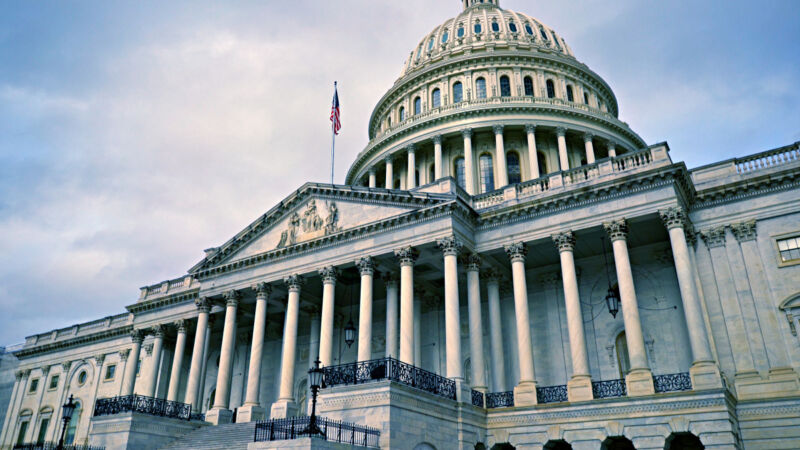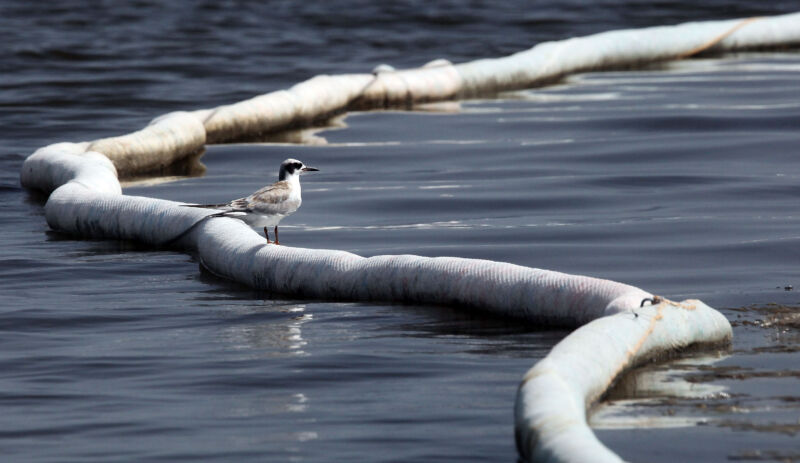-
 chevron_right
chevron_right
AI-generated child sex imagery has every US attorney general calling for action
news.movim.eu / ArsTechnica · Wednesday, 6 September, 2023 - 21:48 · 1 minute

Enlarge (credit: Getty Images )
On Wednesday, American attorneys general from all 50 states and four territories sent a letter to Congress urging lawmakers to establish an expert commission to study how generative AI can be used to exploit children through child sexual abuse material (CSAM). They also call for expanding existing laws against CSAM to explicitly cover AI-generated materials.
"As Attorneys General of our respective States and territories, we have a deep and grave concern for the safety of the children within our respective jurisdictions," the letter reads. "And while Internet crimes against children are already being actively prosecuted, we are concerned that AI is creating a new frontier for abuse that makes such prosecution more difficult."
In particular, open source image synthesis technologies such as Stable Diffusion allow the creation of AI-generated pornography with ease, and a large community has formed around tools and add-ons that enhance this ability. Since these AI models are openly available and often run locally, there are sometimes no guardrails preventing someone from creating sexualized images of children, and that has rung alarm bells among the nation's top prosecutors. (It's worth noting that Midjourney, DALL-E, and Adobe Firefly all have built-in filters that bar the creation of pornographic content.)


